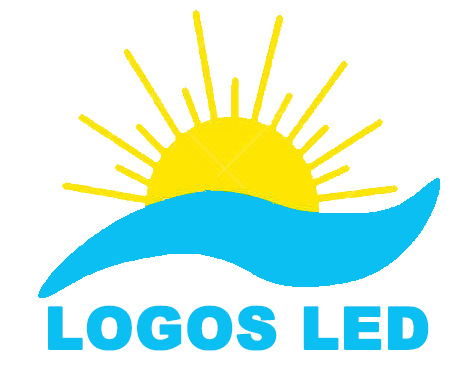How to Reduce Light Pollution
How to Reduce Light Pollution
Light pollution is almost everywhere. It could be originating from a stadium or elsewhere. You can admire it from afar when you gasp at the skyline of your town. It might also be the annoying light on the streets that shines through your bedroom window during bedtime.
Light pollution contends with starlight in the sky. Further, it affects the astronomical views, disrupts the ecosystem, and may have severe health effects. There are 4 common kinds of light pollution: clutter, glare, trespass, and sky glow. All these four kinds can be reduced through the use of LED lights. Nowadays, people have accepted LEDs as exterior lighting; and this is how to use them to reduce light pollution.
1. The correct light with the correct angle
Lighting experts can now choose LED lights with the right beam angle enclosed both above and to the sides. This does not only channel the light downward but reduces light pollution as well. It makes sure that the light only illuminates the field.
2. Sensor and dimming abilities
Using LEDs that have occupancy sensors is a way to reduce light pollution. These sensors do switch on and off depending on movements. Hence the ground is lit only when required. Adaptive lighting is also great for reducing light levels at specific times of night when an area is not used.
3. Use low glare lighting fixtures
There are many alternatives in the market offering sky-friendly outdoor lighting. It’s important for municipalities, real estate contractors, and individual homeowners to opt for certified low-glare fixtures, which guarantees low-pollution lighting.
4. Using warmer LEDs
Using LED lights with white and warmer illumination is another way to reduce light pollution. LEDs, with a color temperature of 4000k or below, are ideal.
Leaving stadium lights on all through is beneficial in different ways. However, the stadium managers should be mindful of neighboring residences and businesses. They should understand the fixture and LED lights that are right for their sports fields before making the installations.
If you have any questions, welcome to contact us directly.

